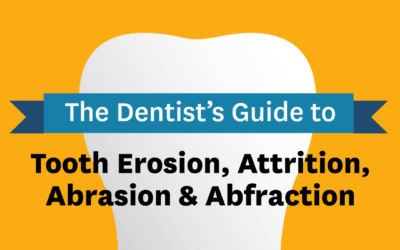High Condylectomy & Temporal Fascia Graft In cases where the jaw opening ability is severely compromised due to ankylosis, it is necessary to perform surgical treatment of the TM joint. This involves a high condylectomy (removing approximately 4 mm on top of...
Month: March 2021
Walking vs. Yoga: Which Helps Chronic Low Back Pain?
Millions of people suffer from chronic low back pain. They are often looking for alternative or natural ways to get some relief. Two options that have been touted over the years are walking and doing yoga. While there have been studies that showed they were both...
7 Imaging-Based Diagnostic Tests for TMJ Disorders
1. Jaw Bone Scan with Radionucleotide Bone scans are utilized to assess bone tissue growth. It is an older technology and less specific technology (2D) than SPECT (3D), but it still has a role in diagnosis of bone scan. After the injection of the nucleotide, a gamma...
Aerobic Fitness and Chronic Low Back Pain
Millions of people suffer from chronic low back pain. Many of them tend to shy away from aerobic exercises because they fear their back will hurt more or that the exercises will be too difficult. The good news is that research supports the idea that aerobic fitness...
How to Diagnose and Treat Oral Motor Disorders
1. Trismus Trismus occurs when there is an involuntary restriction of active opening (<38mm) due to abnormal or inappropriate closer muscle activity during opening movement. This is called a co-contraction disorder; openers and jaw closers are contracting at...
How to Diagnose 7 Maxillary Growth Disorders
Below is an overview of seven common and uncommon maxillary growth disorders including severe skeletal malocclusion, unilateral hyperplasia, condylar hypertrophy, condylar hypoplasia, condylar neoplasia, masticatory muscle hypertrophy, and muscular neoplasia. 1....
Dentist’s Guide to Tooth Erosion, Attrition, Abrasion & Abfraction
Learn how to diagnose, monitor, and treat different types of tooth wear including erosion, attrition, abrasion, and abfraction with this infographic based on Dr. Glenn Clark's course on abnormal oral physiology and sensory disorders. Want a full copy of the...
Parents’ Adverse Childhood Experiences & Children’s Chronic Pain
Adverse childhood experiences (ACEs), according to the Centers for Disease Control and Prevention, are common. In fact, around 61% of adults report that they had at least one ACE, while 1 in 6 adults report that they experienced at least four of them (1). There are...
4 Mandibular Mobility Disorders
1. Muscle Contracture Muscle contractures are abnormal reductions in the extensibility of the jaw muscles (usually the closers). Contractures can result from a trauma induced scar, a spontaneous slowly developing shortening of the muscles without enlargement, or a...









